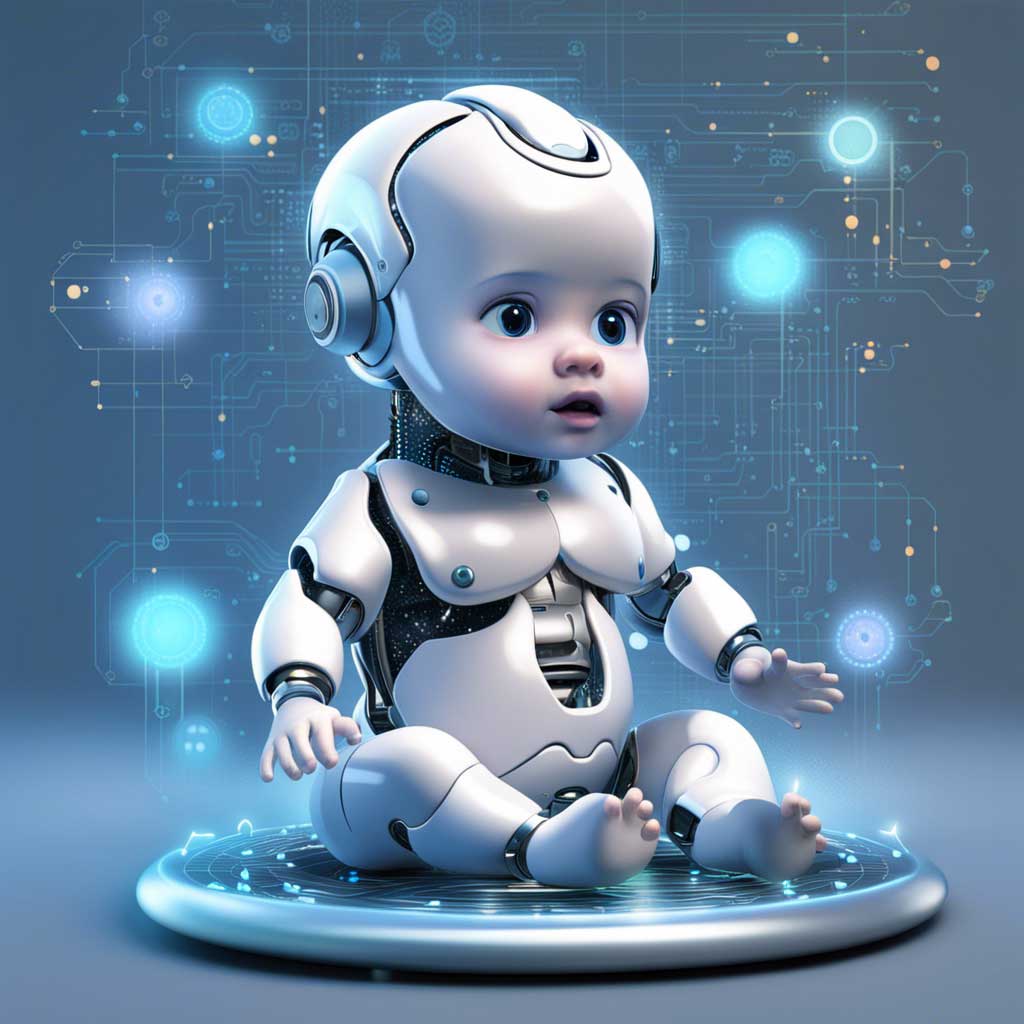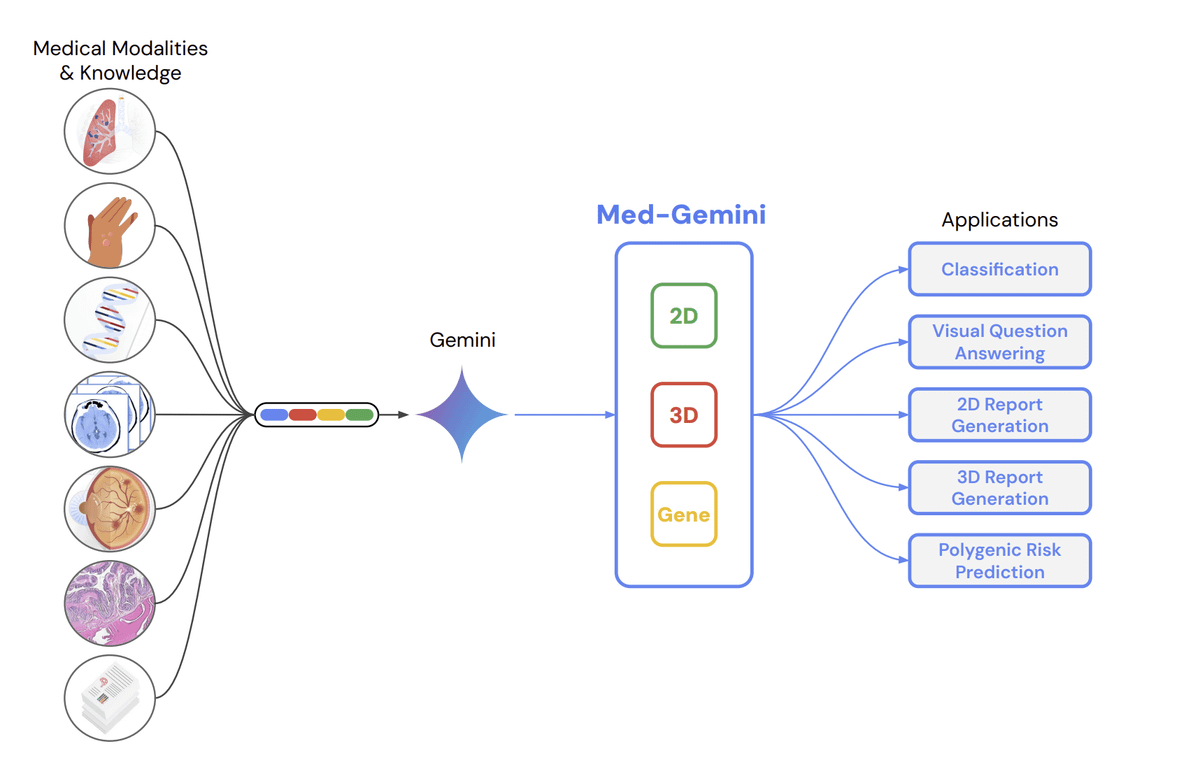The intricate dance of language acquisition remains a fascinating puzzle, captivating researchers and philosophers alike. Understanding how infants effortlessly translate babbles into complex sentences has long been a holy grail of cognitive science. Now, with the power of artificial intelligence, a bold experiment proposes an unconventional approach: training a neural network from scratch, solely through the eyes and ears of a single child.
This ambitious project, spearheaded by researcher Wai Keen Vong, delves into the realm of “grounded language learning.” Unlike traditional language models trained on vast text corpora, this neural network would experience the world through a child’s perspective, directly connecting words to their visual and auditory referents. Imagine watching a fluffy white object float down from the sky and hearing “cloud” – the network would learn the association, building a foundational understanding of words rooted in real-world experiences.
The potential benefits are enticing. Firstly, this grounded approach could bypass the limitations of symbolic representation, mimicking how children learn language without relying on pre-defined categories. This might lead to a richer and more nuanced understanding of word meaning, similar to how a child grasps the difference between “cup” and “mug” based on their specific functions.
Secondly, personalization comes into play. By focusing on a single child’s data, the model could delve into their unique experiences and perspectives, potentially learning cultural nuances, informal expressions, and idiosyncratic word usage. This personalized learning could pave the way for AI systems that tailor communication to individual needs and contexts.
Furthermore, studying the learning process of this AI child could unlock valuable insights into how real children acquire language. Analyzing how the model identifies patterns, makes connections, and overcomes challenges could inform developmental psychology and educational practices, leading to more effective language learning methods.
However, this intriguing approach comes with its own set of challenges. Data limitations pose a significant hurdle. Learning from a single child, while offering personalization, wouldn’t expose the network to the vast vocabulary and diverse contexts encountered by humans. This could lead to biases and limitations in its understanding of language, potentially mirroring the child’s specific environment and experiences.
Overfitting is another concern. The model might become too accustomed to the child’s unique speech patterns and idiosyncrasies, failing to generalize its knowledge to broader contexts and different speakers. This could limit its applicability and usefulness in real-world situations.
Scalability presents another challenge. Expanding this approach to multiple children or larger datasets would necessitate significant computational resources. Additionally, integrating data from diverse backgrounds while avoiding biases poses a complex ethical and technical hurdle.
Finally, privacy and ethical considerations cannot be ignored. Using data from a single child raises questions about informed consent, potential biases within the data, and the broader implications of using children’s experiences for AI development. Careful ethical frameworks and transparent research practices are crucial to ensure a responsible approach.
Despite these challenges, the potential rewards of this experiment are substantial. It offers a unique perspective on language acquisition, potentially shedding light on how children effortlessly navigate the complexities of communication. While the road ahead is paved with obstacles, the journey itself holds immense value, pushing the boundaries of AI and offering valuable insights into the fascinating world of language learning. The success of this ambitious project could reshape our understanding of both artificial and human intelligence, opening doors to new avenues of research and innovation.
So, can one child teach a neural network language? Perhaps not in its entirety, but the process of attempting to do so might just teach us a whole lot more about language, learning, and the remarkable abilities of both children and intelligent machines.






Leave A Comment